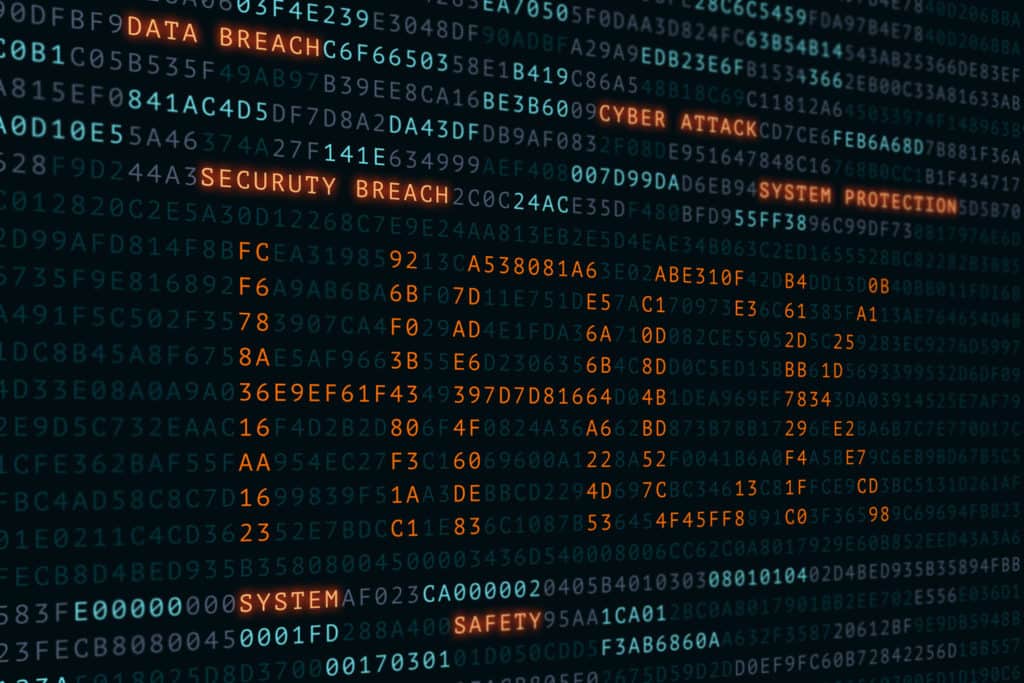Making Cybersecurity Awareness Month Training Exciting with Game-Based Learning
October is not just about falling leaves and Halloween costumes. It’s also the month when governments across the world recognize Cybersecurity Awareness Month. With the increasing frequency and sophistication of cyber threats, individuals and organizations must prioritize cybersecurity education and training. However, traditional security awareness training often falls flat, leaving employees disengaged and uninterested. That’s why it’s time to make cybersecurity awareness training more exciting and engaging with game-based learning.
The Importance of Cybersecurity Awareness Month
Before we dive into the exciting world of game-based learning, let’s understand why Cybersecurity Awareness Month is so important. Cyber threats can have devastating consequences for individuals and organizations alike. A single successful hack can result in significant financial losses and reputational damage. Cybersecurity Awareness Month aims to raise awareness about the importance of cybersecurity and encourage individuals to evaluate and enhance their security efforts.
The Challenge of Traditional Security Awareness Training
Traditional security awareness training has typically been a once-a-year, check-the-box exercise that fails to make a lasting impact. Employees often view it as a tedious and boring task, leading to a lack of engagement and retention of information. To truly empower employees with the knowledge and skills needed to protect themselves and their organizations, cybersecurity awareness training must evolve.
Enter Game-Based Learning
Game-based learning offers a fresh and exciting approach to cybersecurity awareness training. By incorporating elements of gamification and teamwork, game-based learning captures employees’ attention and motivates them to actively participate in the learning process. Let’s explore how game-based learning can make cybersecurity training more enjoyable and effective.
1. Gamification: Engaging and Motivating Learners
Gamification combines play and interactive learning to make cybersecurity training more appealing. By introducing challenges, levels, leaderboards, autonomy and more, employees are motivated to actively participate and compete with their peers. Gamification creates a sense of fun and excitement, transforming cybersecurity training into an engaging experience that employees look forward to.
2. Interactivity: Active Learning and Decision-Making
Traditional training methods often involve passive learning, where employees passively consume information without actively applying it. Game-based learning encourages active learning through interactive elements. Employees are presented with real-life scenarios and must make decisions to progress in the game. This hands-on approach allows employees to experience the consequences of their choices and reinforces good cybersecurity behaviours.
3. Bite-Sized Learning: Microlearning for Enhanced Retention
Long, overwhelming training sessions are not effective in retaining information. Game-based learning offers the opportunity for bite-sized learning through microlearning modules. These modules deliver small, focused bursts of information that are easy to digest and retain. By breaking down complex topics into smaller, manageable units, employees can learn at their own pace and retain information more effectively.
4. Collaboration and Competition: Building a Cybersecurity Community
Game-based learning can foster a sense of collaboration and competition among employees. Leaderboards and friendly competitions encourage employees to support and learn from each other. By creating a cybersecurity community within the organization, employees can share insights, best practices, and success stories, further enhancing their cybersecurity knowledge and skills.
Game-Based Learning Platforms and Resources
Now that we understand the benefits of game-based learning, let’s explore some platforms and resources that offer game-based cybersecurity training:
Beat the Hacker® Security Awareness Escape Room – our very own blockbuster is an engaging, collaborative training game, designed to help employees learn the fundamentals of cybersecurity and raise awareness.
Cyber Challenge: This game, created by the U.S. Department of Defense, allows players to solve cyber threats and learn about the roles of the military’s cyber warfare team.
Cyber Security Challenge: Developed by PBS, this browser-based action game challenges players to overcome cybersecurity challenges, crack passwords, and defeat malicious hackers.
Keep Tradition Secure: One of the games from Texas A&M Information Technology, this game promotes National Cyber Security Awareness Month. Players answer cybersecurity questions while navigating a college campus to track down a notorious hacker.
picoCTF: Created by security and privacy experts at Carnegie Mellon University, picoCTF offers challenges that require players to reverse engineer, hack, and decrypt to solve cybersecurity puzzles.
1Password and Gen.G’s Password Puzzle: A collaboration between 1Password and Gen.G, this browser-based puzzle game teaches better password creation and management practices.
Conclusion: Embrace the Excitement of Game-Based Learning
Cybersecurity awareness training should no longer be a dull and forgettable experience. By embracing game-based learning, organizations can create engaging and effective training programs that leave a lasting impact. Gamification, personalization, interactivity, and bite-sized learning all contribute to making cybersecurity training exciting and enjoyable for employees. So, this Cybersecurity Awareness Month, commit to transforming your training approach and empower your employees with the knowledge and skills they need to protect themselves and your organization.
So, let the games begin, and may your cybersecurity awareness training be a thrilling and educational adventure!
Read more about our off-the-shelf Cybersecurity Awareness Escape Room or our custom solutions.





